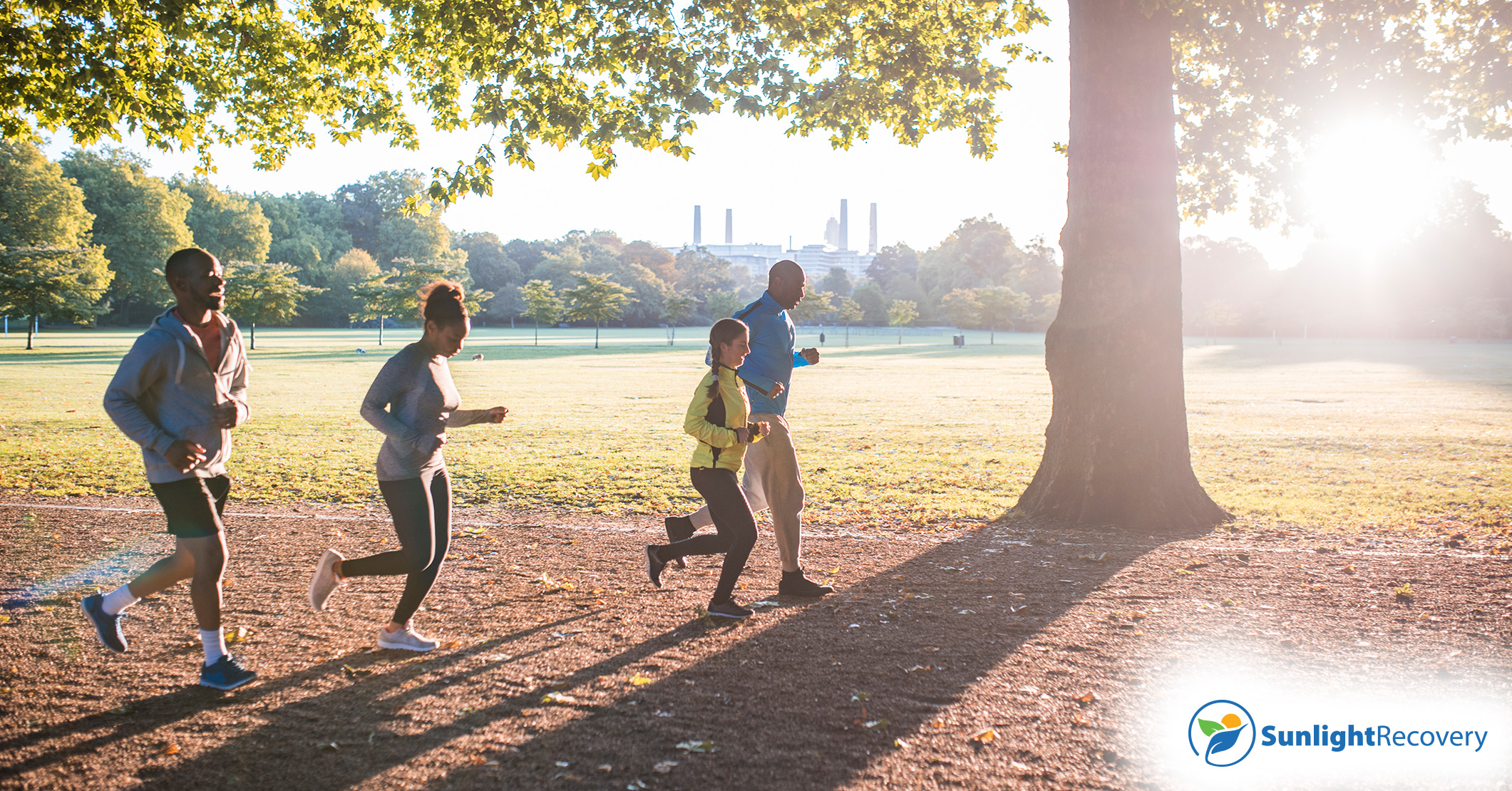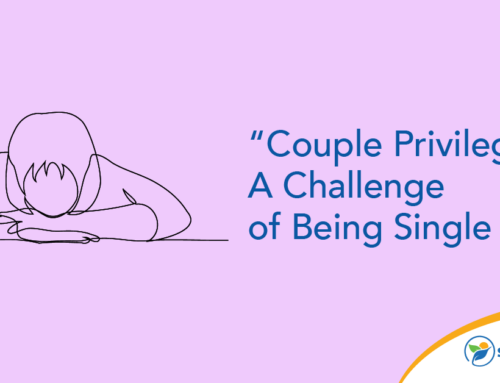The power of exercise for mental health is something influencers and health care professionals alike love to promote. According to one 4-year-long study published in The Lancet, the average person has 3.4 days of poor mental health per month. However, those who exercise regularly have 40% fewer poor mental health days than those who are sedentary.
Here, we’ll discuss some of the ways regular exercise can promote better mental well-being and how much exercise is required to get the benefits.
The Power of Community: Enhancing Mental Health Through Exercise
Regular exercise is important for physical and mental health. To reap the benefits, it’s recommended to aim for three to five 45-minute exercise sessions each week. These sessions don’t have to be intense, either. Team sports, aerobics classes and cycling were listed as some of the most beneficial activities, but even light movement such as household chores, walking or carpentry can still provide a mental boost.
The keys to unlocking the mental health benefits of walking or other forms of exercise include:
- The exercise is moderate to vigorous activity.
- You engage in some form of exercise several times per week.
- Your routine includes both aerobic exercise and resistance training.
- The activity is tiring but not to the point of exhaustion.
Some people find they get more benefits if they include some form of mindfulness in their training. For example, while walking benefits mental health for many people because it’s a good form of cardiovascular exercise, a person who tends toward reflection might find that doing some form of meditative activity such as yoga or tai chi once or twice a week would have additional benefits.
It’s important to note that training to exhaustion on a regular basis can actually leave people in a worse state of mind. Exercising for 3 hours or more is likely to leave a person feeling burned out, so if you’re training to unlock the health benefits, aim for workouts of shorter duration.
Building Social Support and Connections in Fitness Groups
Many of the benefits of exercise come from increased blood flow, deep breathing and the release of endorphins, but fitness classes and team-based sports have an additional benefit in that they help people make new social connections.
Exercising in a group can help people stay motivated because of the additional accountability of having teammates. In addition, exercising is a good form of bonding. Those who play team sports or go for long walks together get to spend time talking, solving problems and cooperating in a non-work setting. This can forge friendships that go beyond the gym.
The sense of belonging that comes from having friends can help boost people’s self-esteem. For many people, the gym or fitness center serves as a “third space.” That is, it’s a place that’s not the workplace or home, where someone can go to relax, socialize and forget the stresses of their day-to-day lives.
Loneliness is a serious issue. According to a study published in BMC Geriatrics in 2021, older adults with strong social networks had better cognitive function than those who were comparatively isolated. A regular fitness class is a convenient way to protect your physical and mental health.
Physical Activity and Its Positive Impact on Mental Well-being
The Lancet study highlighted the benefits of exercise for mental health in the short term, but there are some long-term benefits too. According to the UK’s Mental Health Foundation, regular exercise can reduce an older person’s risk of depression and dementia by between 20% and 30%.
Sustaining Motivation for Exercise
One of the challenges of exercising, for many people, is finding the motivation to do it. It can be particularly difficult to start exercising if you’re currently struggling with depression or other mental health issues. It’s also hard to engage in some forms of exercise if your physical fitness isn’t where you’d like it to be.
Fortunately, even light exercise can offer mental health benefits. There’s no need to push yourself to run 5K on your first outing or do an intense martial arts class if you’ve never exercised before.
Try to find something that’s fun for you. Aim for joyful movement. That could be a beginner’s yoga class, a gentle salsa dancing class or slowly jog-walking the shortest distance at the local park run. Walking with friends at a steady pace can be beneficial too.
As you get fitter, you can look to add other activities or challenge yourself. Take advantage of the community elements of exercise to partner up with people for accountability. If you’re the competitive sort, signing up for a sprint triathlon, short marathon or some other competition could help you stay motivated.
Often, people find that the thought of exercising is intimidating or that they dread the part of getting out of bed early to go to the gym. Once they’re there, however, they feel a lot better and enjoy the workout.
Look for ways to make things as easy as possible. Find a gym that’s on the way to work. Lay out your exercise gear before you go to bed so you don’t have to hunt for it. Keep a mood diary so you can remind yourself of how much you enjoy the exercise once you get started.
Finally, if you’re not enjoying some of your training, look for other things you can do instead. It’s much easier to stick to something if you really do enjoy doing it. If that yoga teacher is too formal for your tastes, try Pilates instead. You’re exercising for your benefit, after all.
If you’re struggling with mental health and exercise isn’t boosting your mood the way you’d hoped it would, talking to someone might help. At Sunlight Recovery, we have teams of compassionate counselors who are experts in mental health. Call us today to get started on the road to a better you.







